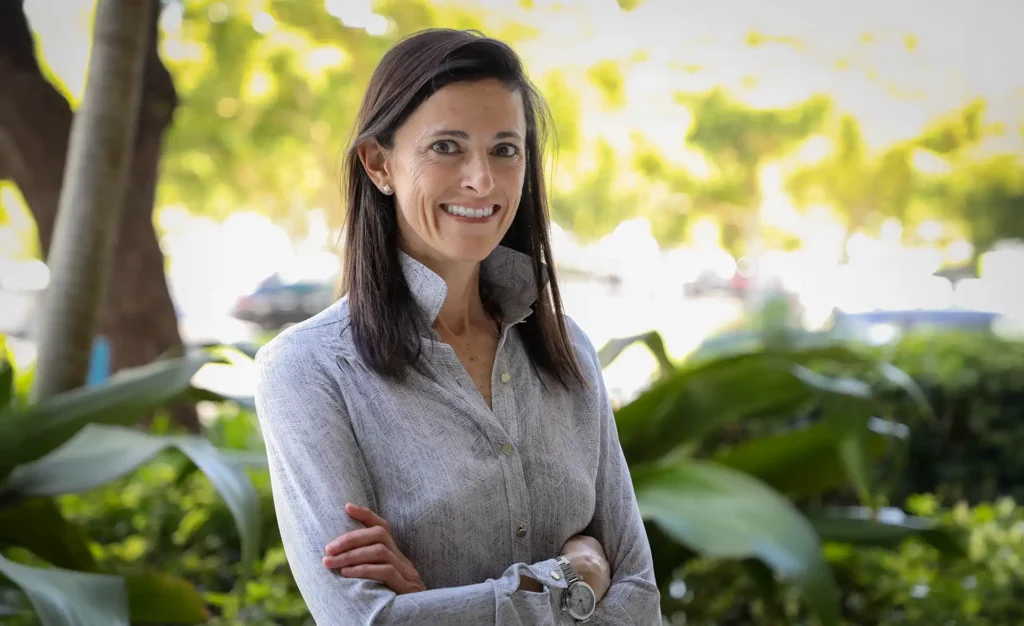Shoulder Arthroscopy Palm Beach County
(561) 746-7686
1002 S Old Dixie Hwy Jupiter, FL 33458
Monday - Thursday | 8:00 AM - 5:00 PM
Friday | 8:00 AM - 3:00 PM
Specialties
Discover Recent Posts
Shoulder arthroscopy is a minimally invasive surgical procedure used to diagnose and treat a variety of shoulder conditions through small incisions. Using a tiny camera (arthroscope) and specialized instruments, orthopedic surgeons can access the joint with less disruption to surrounding tissues, resulting in less pain and faster recovery than traditional open surgery.
Commonly used to address rotator cuff tears, labral injuries, bone spurs, and shoulder impingement, this advanced technique is an effective option for both acute injuries and chronic shoulder pain. Dr. Diaz offers expert shoulder arthroscopy in Palm Beach County and surrounding areas, providing patients with personalized care and evidence-based treatment plans designed to restore strength, motion, and function.
Symptoms of Shoulder Arthroscopy
Shoulder arthroscopy can be an effective solution for a variety of symptoms that interfere with daily life or disrupt sleep. You may benefit from arthroscopic treatment if you experience:
Persistent shoulder pain that limits activities or interrupts sleep
Pain when reaching overhead, behind your back, across your body, or out to the side
Shoulder weakness or reduced range of motion
Sensations of instability or “giving way” in the shoulder
Painful clicking, popping, or catching with movement
Conditions Treated with Shoulder Arthroscopy
Shoulder arthroscopy is used to diagnose and treat a range of conditions within the joint and surrounding soft tissues. Common conditions successfully treated include:
Rotator cuff tears
Subacromial bursitis (impingement syndrome)
Labral tears
AC joint arthritis (at the end of the collarbone)
Biceps tendinitis
Shoulder dislocation or separation
Preparing for Shoulder Arthroscopy Surgery
To ensure a smooth recovery, plan ahead:
Arrange help with transportation, pets, meals, and household tasks
Choose clothing that’s easy to wear with limited use of one arm (e.g., button-down shirts, elastic waist pants, slip-on shoes)
Unless advised otherwise, stop blood thinners five days before surgery
Do not eat or drink anything after midnight the night before
The night before surgery, shower and scrub your shoulder, neck, upper back, underarm, and chest wall with surgical soap (4% chlorhexidine gluconate), then wipe the area with 3% hydrogen peroxide
What to Expect After Surgery
After surgery, your arm will be in a sling. For the first 12-24 hours, you may have limited sensation and control of the arm due to a regional anesthesia block, which helps manage post-operative pain.
Sleeping After Shoulder Surgery
Sleeping comfortably can be challenging in the early recovery period. Many patients find the best rest in a recliner chair for the first few weeks. Alternatively, you may sleep in bed propped up with pillows. Always wear your sling while sleeping unless directed otherwise.
Will I Need Pain Medication?
Most patients require prescription pain medication for several days after the nerve block wears off. Aim to stop using it within two weeks. Be aware that opioids can cause constipation. Stay hydrated, eat fiber-rich foods, and walk regularly indoors to prevent this.
If appropriate for you, non-steroidal anti-inflammatory drugs (NSAIDs) like ibuprofen or naproxen can be taken with or instead of prescription pain medications to effectively manage pain with fewer side effects.
How Long Will I Need to Wear a Sling?
This depends on your procedure:
For debridement or a “clean-up,” gentle shoulder use may begin within a few days
For repairs (e.g., rotator cuff), until cleared, you must remain in the sling at all times unless showering or performing light hand-to-face tasks like eating or brushing teeth
Avoid reaching out to the side or behind your back until otherwise instructed by Dr. Diaz. While showering, you may lean forward and let the arm dangle out of the sling to keep the elbow loose and clean the underarm area.
How Do I Care for the Incisions?
Keep the surgical bandage on for at least 3 days. Afterward, replace with clean fabric bandages over each incision. Avoid getting the area wet or sweating until cleared at your 2-week post-op visit to reduce the risk of infection.
Will I Receive a Cooling Machine?
If you’re interested in renting a cold therapy machine to circulate ice water around the shoulder, notify our office. Whether you choose a cooling unit or a reusable ice pack, cold therapy is highly effective for reducing pain and inflammation.
Will I Need Physical Therapy?
Most shoulder arthroscopy patients benefit from physical therapy. If your surgery involved a repair or reconstruction, therapy typically starts 4-6 weeks post-op. Your specific plan will be tailored based on your procedure and recovery goals.
When Can I Drive Again?
You may resume driving once you are off prescription pain medications and no longer require the sling. Please check with Dr. Diaz before returning to driving.
Returning to Work & Physical Activity
Patients with desk jobs may return within a few days, depending on comfort. Those with physically demanding jobs (lifting, overhead work) may need 3-4 months off unless modified duties are available.
If no major repairs were made, most patients resume full athletic activity within 4-6 weeks. For rotator cuff repairs or soft tissue reconstructions, expect 3-5 months before returning to full athletic performance.
Shoulder pain shouldn’t limit your daily life or keep you up at night. If conservative treatments haven’t provided relief, shoulder arthroscopy may be the right solution. Dr. Diaz brings extensive experience in arthroscopic procedures and a commitment to personalized care.
With a focus on minimally invasive techniques, she helps patients throughout Palm Beach County recover faster, avoid unnecessary complications, and get back to the activities they love. Schedule a consultation today to find out whether shoulder arthroscopy is right for you.


